1. Strict Gender Roles
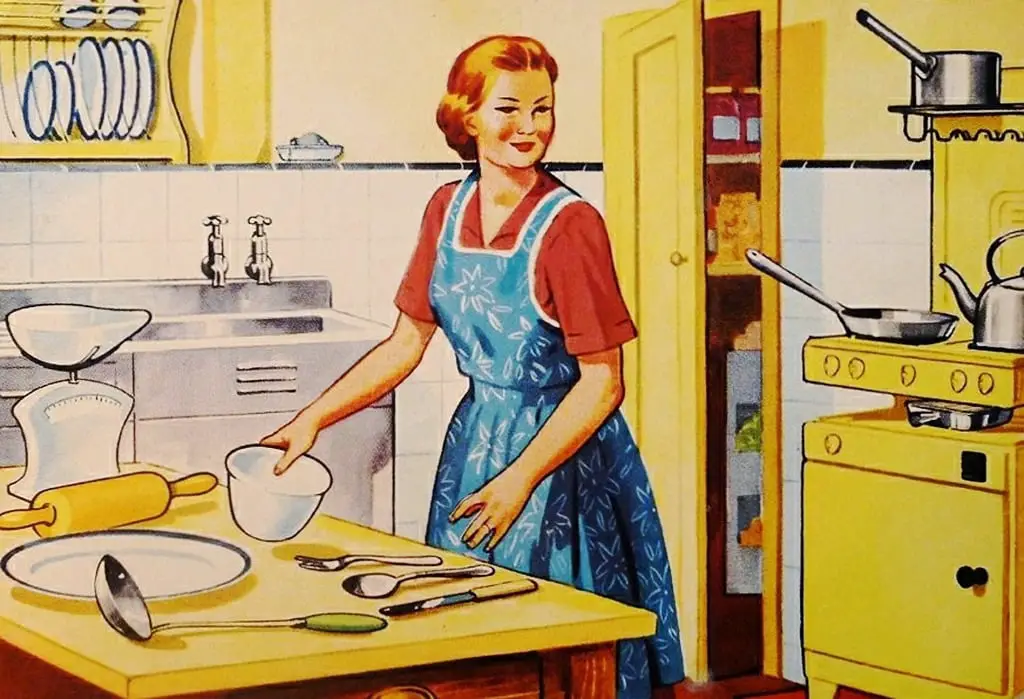
In the 1950s, traditional gender roles were deeply entrenched in society. Men were expected to be breadwinners, while women were seen as homemakers and caregivers. This division was reinforced by media, education, and even government policies, which idealized the nuclear family structure and discouraged women from seeking employment outside the home.
According to History.com, this era was heavily influenced by post-World War II culture, which emphasized stability and conformity. Women who stepped outside these prescribed roles often faced social stigma or were accused of neglecting their families. While some mothers embraced this role wholeheartedly, others felt constrained by the lack of personal and professional opportunities.
2. Daily Domestic Responsibilities

Stay-at-home moms in the 1950s spent most of their days managing the household. This included cooking three meals a day from scratch, cleaning, doing laundry (often by hand or with rudimentary machines), and caring for young children. Grocery shopping, sewing clothes, and even mending household items were common tasks, as convenience products were less accessible than they are today.
As highlighted by Smithsonian Magazine, the labor-intensive nature of these responsibilities often left women exhausted, with little time for personal interests or relaxation. While advertisements of the time romanticized domestic work with images of smiling women using shiny new appliances, the reality was often far less glamorous.
3. Social Isolation

For many stay-at-home moms in the 1950s, life was isolating. Suburban living, which became increasingly popular during this decade, often placed women far from extended family or close-knit urban communities. With limited opportunities to socialize outside of PTA meetings or church groups, many mothers felt lonely and disconnected.
According to The Atlantic, the isolation experienced by suburban mothers contributed to a growing sense of dissatisfaction, which would later be a catalyst for the women’s liberation movement in the 1960s. While some women found solace in community events or social clubs, others struggled with feelings of invisibility and unfulfilled potential.
4. Pressure to Maintain Appearances

The 1950s brought with it immense societal pressure for mothers to maintain an idealized version of family life. Women were expected to present a tidy home, perfectly groomed children, and a polished appearance at all times. This pressure was compounded by media portrayals of flawless homemakers in TV shows like Leave It to Beaver and advertisements showcasing the “perfect housewife.”
As noted by PBS, the emphasis on appearances often led women to feel inadequate if they couldn’t meet these expectations. Many stay-at-home moms internalized this pressure, working tirelessly to project an image of perfection even when they felt overwhelmed or unhappy.
5. Limited Career Opportunities
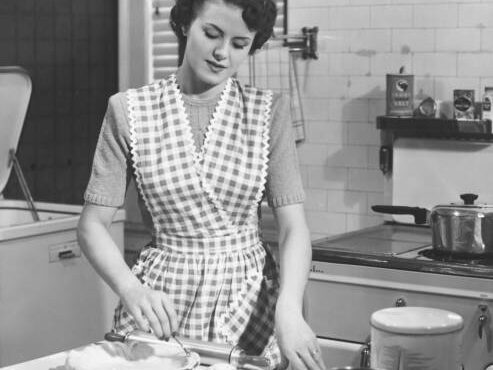
For mothers who desired a career, options in the 1950s were limited. Women were often discouraged from pursuing higher education or professional roles, and those who did work outside the home were typically confined to low-paying, traditionally “feminine” jobs such as teaching, nursing, or secretarial work.
According to The National Women’s History Museum, women who left the workforce during World War II to raise families often found it difficult to reenter later, as societal norms strongly favored homemaking over professional ambition. This lack of opportunity contributed to feelings of frustration and unfulfilled potential for many women.
6. The Rise of Suburbia

The 1950s saw the rise of suburban living, as millions of families moved out of cities and into newly developed neighborhoods. While suburbs offered more space and privacy, they also created a new set of challenges for stay-at-home moms. Public transportation was often limited, leaving women reliant on their husbands or neighbors to run errands.
As reported by Time Magazine, the isolation of suburban life, coupled with the monotony of daily routines, contributed to what Betty Friedan later described as “the problem that has no name” in her groundbreaking book, The Feminine Mystique. Suburban moms often felt trapped in a cycle of repetitive tasks with little room for personal growth.
7. The Influence of Advertising

In the 1950s, advertising played a significant role in shaping the lives of stay-at-home moms. Marketing campaigns targeted women as the primary decision-makers for household purchases, promoting everything from cleaning supplies to kitchen appliances. Ads often depicted women as perfectly dressed and cheerful homemakers, reinforcing the ideal of domestic bliss.
According to AdAge, these advertisements created unrealistic expectations for women, suggesting that their worth was tied to how well they managed their homes and families. While new appliances like washing machines and vacuum cleaners were designed to make chores easier, they also added pressure to maintain even higher standards of cleanliness and efficiency. This constant push to buy products to achieve the “perfect home” contributed to feelings of inadequacy for many moms.
8. Limited Access to Childcare
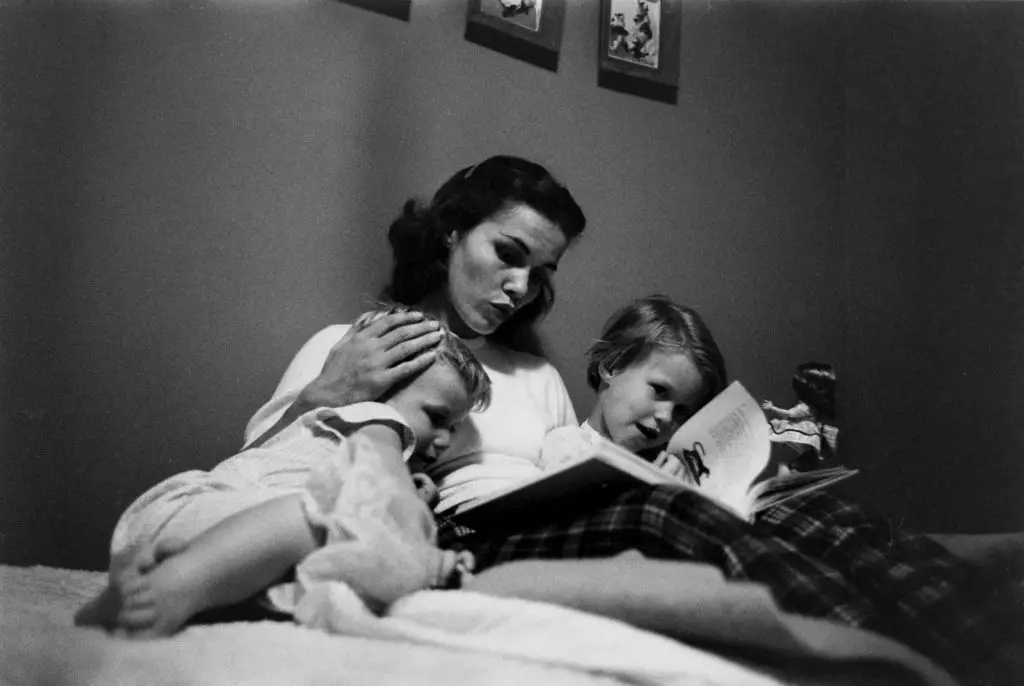
Stay-at-home moms in the 1950s had little to no access to professional childcare, as the assumption was that mothers would be full-time caregivers. Daycare centers were rare and often frowned upon, as societal norms viewed it as a mother’s duty to care for her children exclusively. This lack of childcare options left mothers with few opportunities for personal or professional pursuits outside the home.
As highlighted by The Atlantic, the absence of childcare infrastructure made it nearly impossible for women to pursue higher education, hobbies, or part-time work. This limitation contributed to a sense of isolation and stagnation for many mothers, who felt their lives revolved entirely around their children and household responsibilities.
9. The Rise of Television
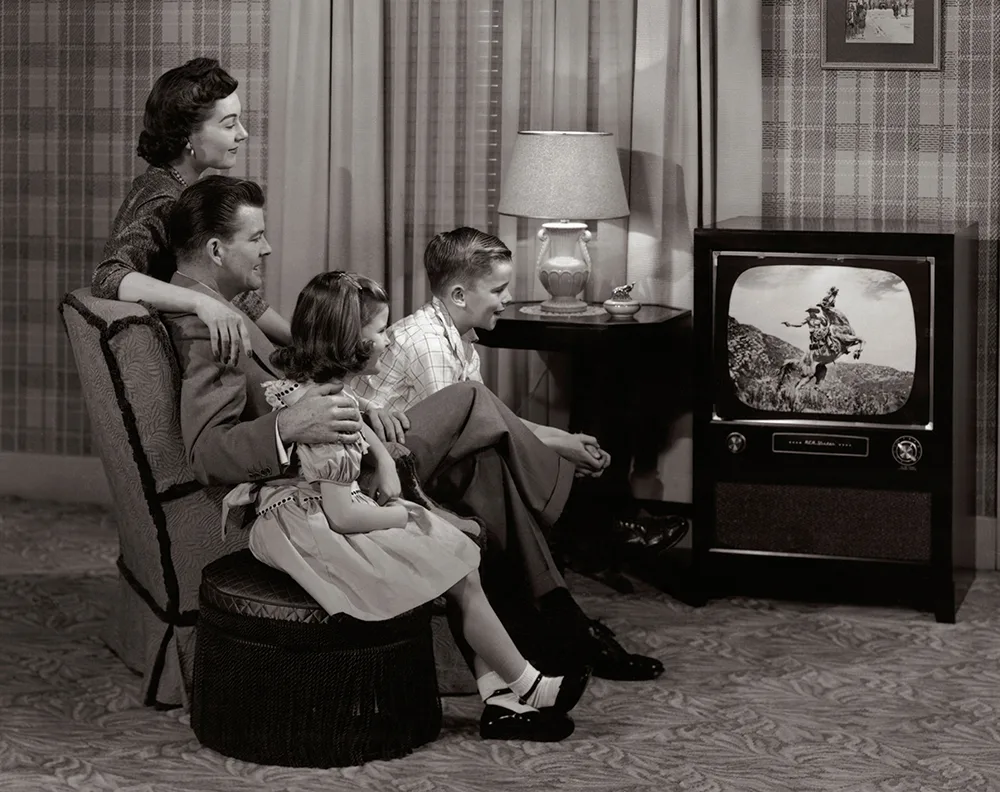
Television became a central part of American life in the 1950s, and stay-at-home moms were one of the medium’s primary audiences. Daytime programming, including soap operas and variety shows, was specifically tailored to women who spent their days at home. These shows often depicted idealized versions of family life, reinforcing societal expectations for homemakers.
According to Smithsonian Magazine, television also served as an escape for mothers, offering entertainment and companionship during long, solitary days. However, the constant exposure to polished, unrealistic portrayals of homemakers sometimes deepened feelings of inadequacy for women whose lives didn’t match the on-screen ideal.
10. Mental Health Struggles

While the 1950s celebrated domesticity as a woman’s highest calling, many stay-at-home moms struggled with mental health issues that were largely overlooked or dismissed. Feelings of loneliness, boredom, and unfulfilled potential were common, but there was little societal support for women to openly discuss these struggles.
As noted by Psychology Today, mental health issues like depression and anxiety were often dismissed as personal failings or minimized as “nerves.” Many women were prescribed tranquilizers or sedatives like Valium, which were marketed as solutions to their dissatisfaction. This “quick fix” approach often masked deeper issues related to the limited roles available to women at the time.
11. Educational Limitations
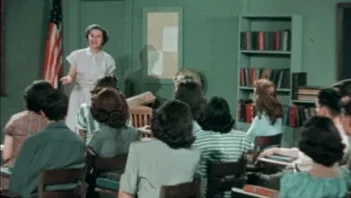
Many stay-at-home moms in the 1950s had limited access to higher education, as societal expectations often discouraged women from pursuing degrees. Women who did attend college were frequently steered toward fields like home economics or teaching, with the assumption that their primary goal was to prepare for marriage and motherhood.
According to The National Women’s History Museum, even highly educated women were often expected to abandon their careers once they had children. This lack of emphasis on lifelong learning contributed to feelings of intellectual stagnation for many stay-at-home moms, who were often left yearning for more fulfilling opportunities.
12. Community and Church Involvement
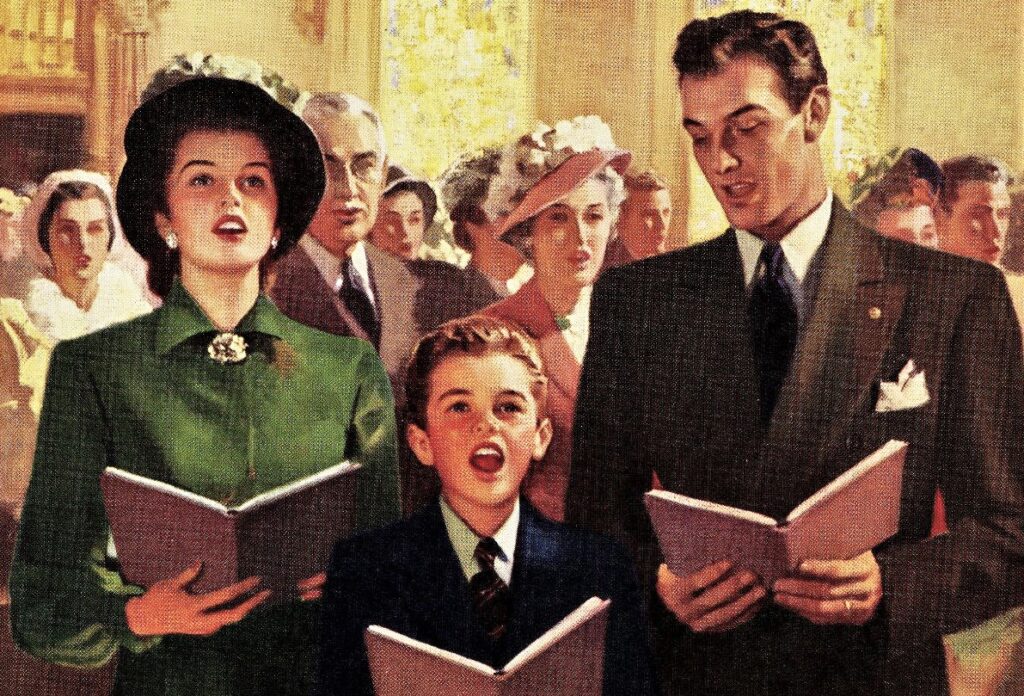
For many stay-at-home moms in the 1950s, community and church activities provided an essential outlet for social interaction and a sense of purpose beyond the home. Women’s clubs, volunteer organizations, and church groups were common gathering places where moms could share experiences, support each other, and contribute to their communities.
As highlighted by PBS, these groups often reinforced traditional gender roles, emphasizing homemaking skills, child-rearing advice, and support for husbands. While these activities provided companionship and purpose, they also reinforced the societal expectations that limited women’s roles to the domestic sphere.
13. The Idealized Image of Motherhood
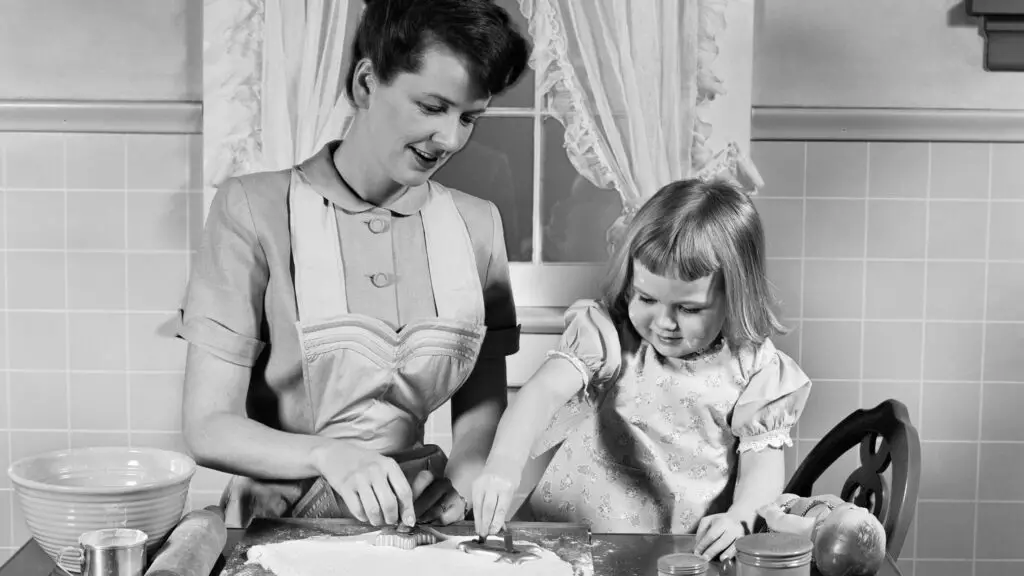
The 1950s idealized motherhood as the pinnacle of a woman’s identity, portraying moms as selfless, nurturing, and endlessly patient. This cultural narrative placed immense pressure on women to live up to impossibly high standards, leaving little room for individual identity or personal ambition.
According to History.com, this idealized image of motherhood was perpetuated by media, advertisements, and government messaging, which painted the nuclear family as a cornerstone of national stability. While many women took pride in their roles as mothers, others found the lack of recognition for their personal aspirations to be deeply frustrating.
